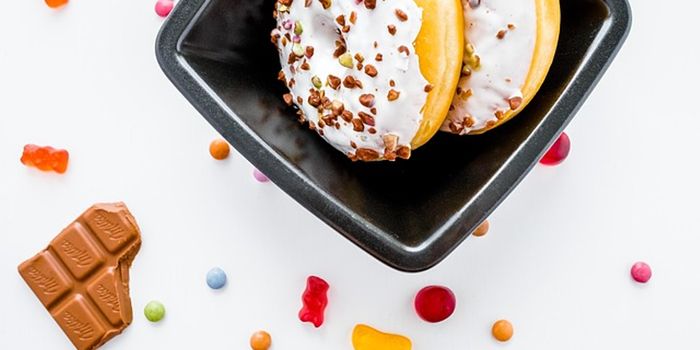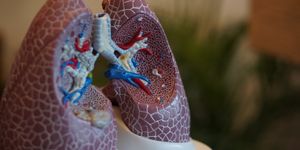Sea Slugs Reveal a Link Between Food Comas and Memory
A recent study suggests that there may be a connection between food comas – feeling tired after eating – and forming long-term memories. This finding, published in the Nature Research journal Scientific Reports, was based on studying neural activity in sea slugs.
"The sensation of a 'food coma' after a hearty meal is well known to anyone who has ever experienced a Thanksgiving dinner," says Dr. Thomas Carew, a professor in New York University's Center for Neural Science and the paper's senior author. "In fact, most animals tend to slow down and rest after a large intake of calories, suggesting that there is a biological function to this reaction.”
Carew and his research team used Aplysia californica, commonly known as the California sea slug. The Aplysia is an excellent model organism for studying basic neurobiology because its neurons are 10 to 50 times larger than those of more advanced organisms, such as rodents, and its network of neurons is simple and well understood.
"In humans, food intake promotes the release of the hormone insulin, which prompts the cells of the body to absorb nutrients from the bloodstream and turn them into fat for long-term storage," explains Dr. Nikolay Kukushkin, a postdoctoral fellow in the Carew lab. "However, insulin is thought to have little effect on the brain. By contrast, a related hormone, insulin-like growth factor II (IGF2), has been shown to be critical for proper brain function, including long-term memory formation. However, its release does not depend on calorie intake.”
In contrast to humans, in Aplysia the two distinct molecules are combined into one system that controls both metabolic and brain function. In the study, researchers applied IGF2 to Aplysia neurons and found that contacts between neurons were strengthened – a mechanism known to be involved in creating long-term memories. The molecule also promoted nutrient absorption.
Researchers also found that after the Aplysia filled up on their usual diet of seaweed, their movement was reduced, and this behavioral effect was reversed by blocking insulin-like receptors.
"Thus, Aplysia's 'food coma' is controlled by their insulin-like system, which acts by redistributing the animal's energy away from active behavior and towards storage of both nutrients and memory," observes Carew. "These results will help understand the mechanisms by which insulin and similar molecules elicit both their diet-related and memory-enhancing properties in humans and other animals."
Learn about how neuroscientists use Aplysia to study memory below:
"It remains to be established whether the human 'food coma' is a vestige of our evolutionary past, or still an important part of memory formation," Kukushkin acknowledges. "However, it's been widely established that in an array of animals, including humans, sleep is well known to be required for proper storage of long-term memories acquired during wakefulness."
"Perhaps the drowsiness experienced after a meal is a similar way to preserve a memory about that meal, so as to come back to it in the future," posits Carew. "Whether seaweed or Thanksgiving turkey, a good dinner is always worth revisiting."
Source: ScienceDaily, EurekAlert!









